3D Cinematography – Artistic Used of 3D in Film
Artistic Uses of 3D in Film
As someone who is also interested in cinematography and who has DP’d a handful of projects, I am concerned with how this all relates to 3D. I also realize that the stereographer and DP may one day become one and the same, and so I am constantly looking to bridge the two and explore ways to utilize 3D in a meaningful and artistic way.
Recently, I was the cinematographer on a short film called “Paper Hallways” by director Cody Stokes. It was a great opportunity for me to stay close to traditional 2D cinematography, while continuing to explore 3D. Although we shot in 2D on the RED, we had discussed shooting 3D, but ultimately our budget wouldn’t allow it and Cody decided that he ultimately did not see this as a 3D film. However, while I was shooting this film, I kept imagining how I might use 3D in addition to the 2D concepts we were going for. Here are some stills from the film. It was shot in 2.35 aspect ratio.
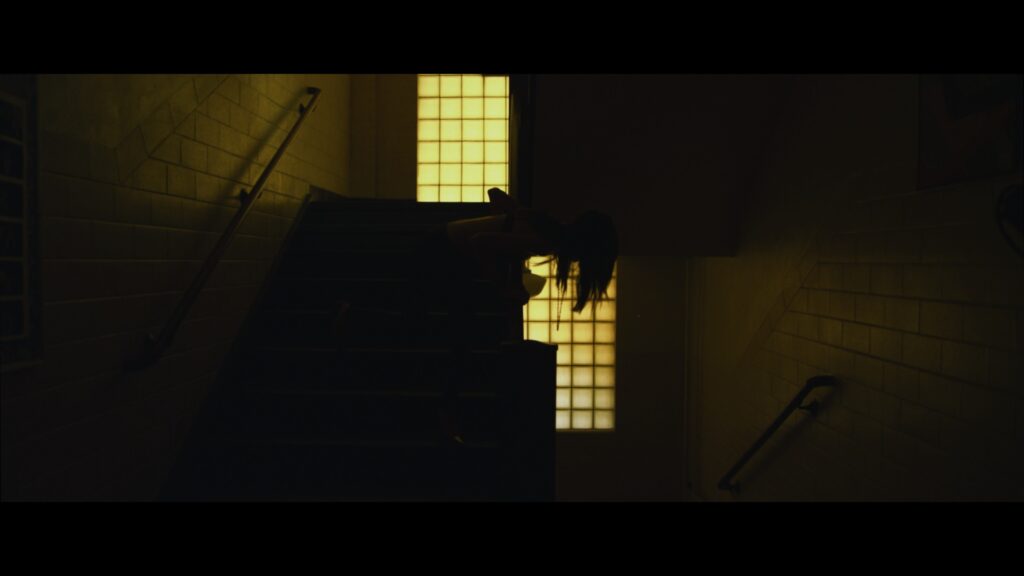
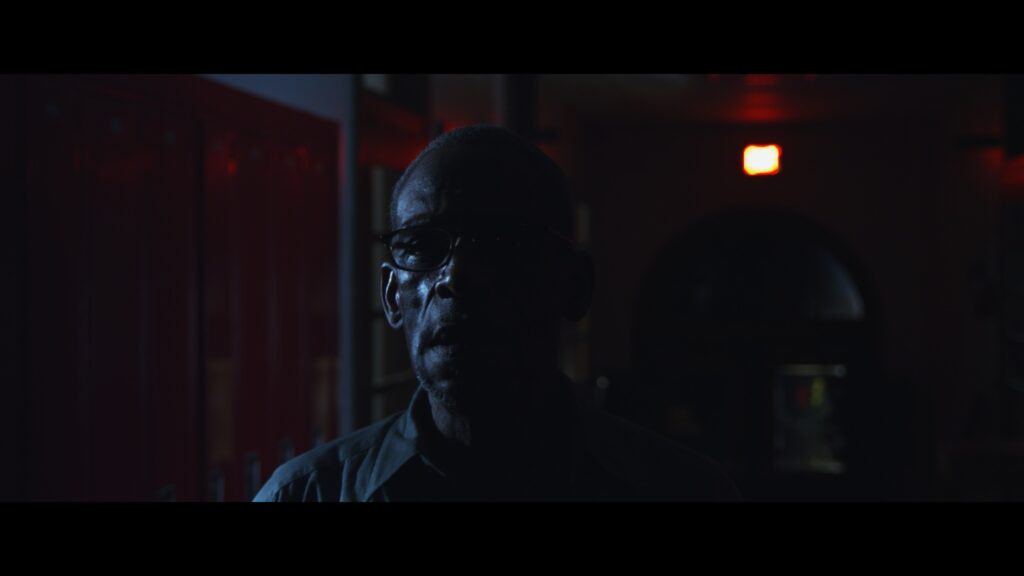
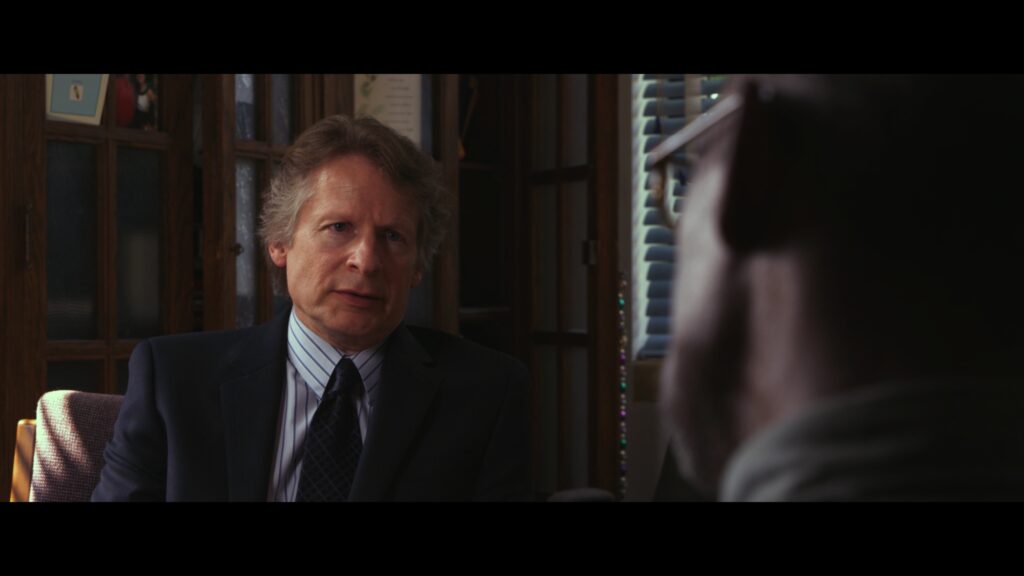
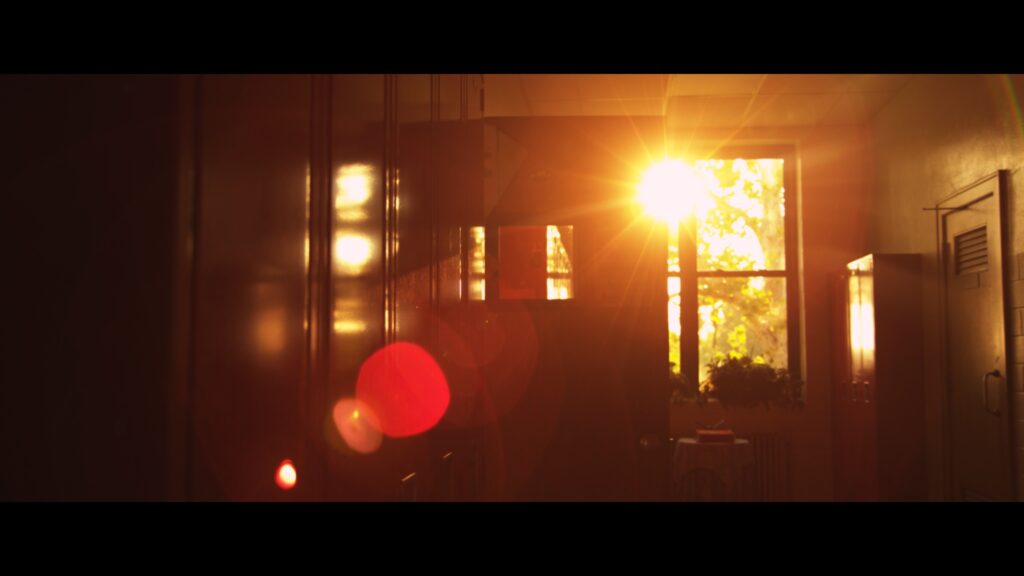
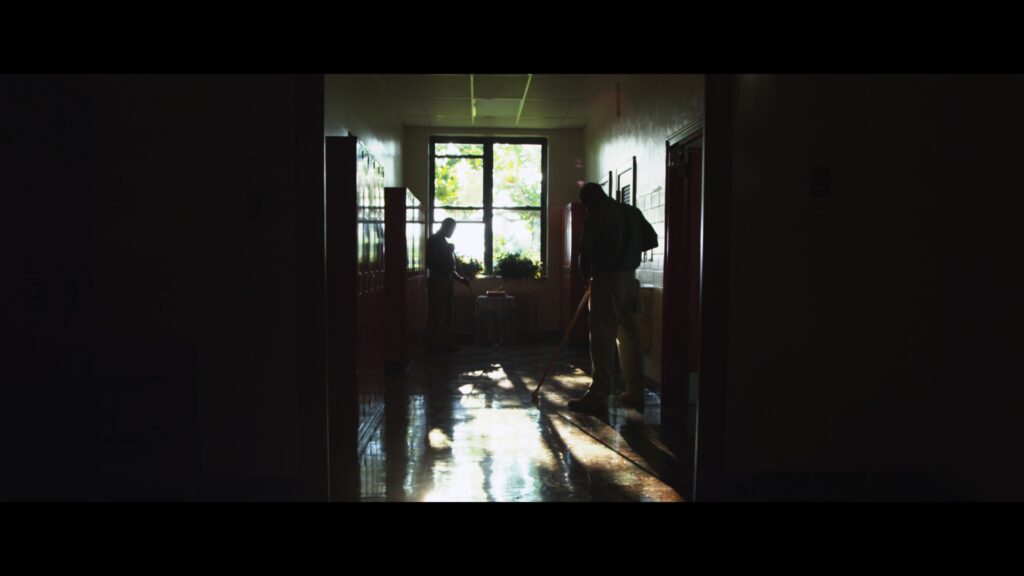
With that in mind, I want to introduce some artistic ideas for using 3D in a meaningful way in film. I am constantly adding to this and plan to test or utilize some of these techniques on my next 3D film. I strongly believe 3D is largely another tool of cinematography and can be used in creative and artistic ways to help tell the story or serve the emotion of a moment. 3D has opportunities to guide emotion or story just like using certain elements of 2D cinematography. Tried and true techniques such as using longer focal lengths to compress space or tighter frames to aid making the audience feel more claustrophobic if you have a scene where the character feels hopeless is an example of a conceptual technique you can do with 3D.
In traditional 2D cinema, we have had many tools at our disposal to help tell the story, mood, atmosphere, emotion, environment and space of a film. Using focal length, depth of field, focus, lighting (and darkness), camera placement, camera movement, framing, composition, and color, we have made great images that accompany and exemplify the story. What’s interesting, is that up until now, we have focused on ways to use these things, along with monoscopic depth cues, to make 2D images feel three dimensional. Using camera movement adds motion parallax to a scene. Lighting adds dimension with shadow. Distance adds atmospheric haze. Long lines and vanishing point add perspective and distance. With 3D stereo, the depth we have been trying to create is more or less built in. The monoscopic depth cues, however, are still important and add to it.
Now I believe it is time to start thinking of ways we can think about how to truly use volume… how to fill the scene in a meaningful way. In addition to thinking about 2D composition, such as the rule of thirds and framing thing properly, you can now almost think of the scene as a three dimensional composition… for instance, imagine the rule of thirds in 3D space as well as 2D framing.
The first step is to look at the film as a whole and decide on a 3D theme. As discussed with Shakey, you could let the 3D rise and fall with the appropriate story points or perhaps go with a more overarching 3D theme, such as rising over the constant of the movie or of certain scenes. You could use 3D motifs, such as when a villainous character is on screen you could use a certain depth strength and convergence. Imagine they are onscreen and you always have that character slightly in the audience space to put the audience slightly on edge. Or perhaps for comfortable scenes you reduce the 3D or put the main characters very near to each other on screen plane and for more dramatic scenes you stretch out the depth and have one character near the audience, while the other is far back away.
All of this must be done with care to remember overall viewer comfort. It is one thing to create a slight moment of tension by heightening the 3D to the threshold of average viewer comfort for storytelling reasons, whereas it is another thing entirely to invoke true physical pain in an audience because you now have the power to do just that. I can imagine an experimental film that may use this, but as a general rule, it is not acceptable.
One idea I did have for the above Paper Hallways as an example of a way to use 3D to help tell the story is as follows – It is a story about a janitor that is forced to retire from the only place he knows as home. He has worked for a small school for 30 years and the film is about him letting go and a younger man taking the torch. I suggested that we keep the main character, Jerry, behind the screen plane all the way until the end of the film when he finally finds some solace and feels a part of something again- the younger guy invites him over for dinner with his wife and kid. At that point we frame it so he is now closer to the audience in the negative space and therefore truly more a part of the audience as a collective.
It also might be an interesting technique to use window violations creatively. You could have an over the shoulder shot with a character halfway in the frame somewhat unnervingly and this ever 5o slight discomposure might make the character seem not quite complete or if it was the first time you introduced them, it might make the audience feel anxious to get to see them.
Another interesting idea is in creating an environment much like a stage play. With 3D, we almost return to the static liveliness of the theater. You could effectively create something of a blend of theater and film in creating many scenes that are one location/room and shooting primarily from one master angle. This may create a sense of more of a live viewing, almost peering in on the characters life in a way not possible before. Another somewhat experimental film idea I have takes advantage of this effect of 3D. Imagine a film where you have mostly high angle views (not overhead necessarily, but upper 45 degree angles) where you are peering in on several different houses. This would give you a God like view and the film would involve three separate sets of people who are ultimately interconnected later in the film. It deals more specifically with the questions of chaos and random vs God and divine fate. These characters take the same events that happen all differently. I think this type of film would be much more effective in 3D. I think you would really feel for these people as you would truly have a God’s eye view.
One of my favorite scenes for 3D in Shakey, unexpectedly so, is a dinner table scene with a family eating. When I saw this shot in 3D, it was very interesting. It was shot pretty typical in that each angle was from opposite sides of the table, cutting it roughly in half. This allowed me an opportunity to put the screen plane right in front of the characters which meant that the table was extended slightly into the negative space. This was a scene that truly felt involving. Since the table literally extends a bit into the audience, you feel almost as though you are sitting at this table with these characters. I think this type of scene could be used very effectively in the future.
There are certain anomalies built into 3D stereo image capture that can be used to a benefit. For instance, longer lenses produce flatter, more ‘cardboard’ 3D and you could use this in a scene where you wanted the audience to not like the place or characters. Perhaps a materialistic club scene where everyone is fake, and as soon as the main characters exit, the 3D is beautiful and voluminous once again. You could play with the fact that huge lAs and very wide lenses in a wide shot would produce hyperstereo, and give a unnatural miniaturization to a scene. This could be used in a somewhat stylistic film if a character felt as though their world were diminishing.
Another use of 3D in film is the ability to make spaces truly claustrophobic. If you shoot in a small space or smaller rooms, 3D stereo allows the audience to really see the limits of the room and therefore it may feel like an extension (especially in a theater) to the space they are watching from and could invoke greater feelings of being trapped.
There are subtleties that I believe your brain tells you in almost a subconscious way that a scene in 3D is more real. The trick is to make the 3D so seamless and rarely calling attention to itself that a viewer is truly more lost in the film and almost forgets they are not watching reality.
In 3D, you must compose in a new way. Standard 2D compositions may have to change slightly to accommodate a new element in depth as you now have to think of depth composition. Image a rule of thirds in depth in addition to a rule of thirds in Xand Y. Looking for scenes with long lines retreating back will multiply the natural depth. Imagine a noir film where you can now hide things in 3D depth. Perhaps you create a mystery where you hide clues in a cluttered 3D space.
It may require some new skill to help guide and direct the audience’s eye to where you would like them to look. More information can be stored in a 3D dimensional scene. Logic would tell you that 2D is the equivalent of only one eye. Adding the extra eye effectively doubles the resolution and since the new ‘eye’ is from a slightly different angle/position, the information is slightly different, adding more to the overall information. You can see a little bit more of that person’s head than you could in 2D, and therefore 3D does in fact contain more information.
I will continue to add to this section.